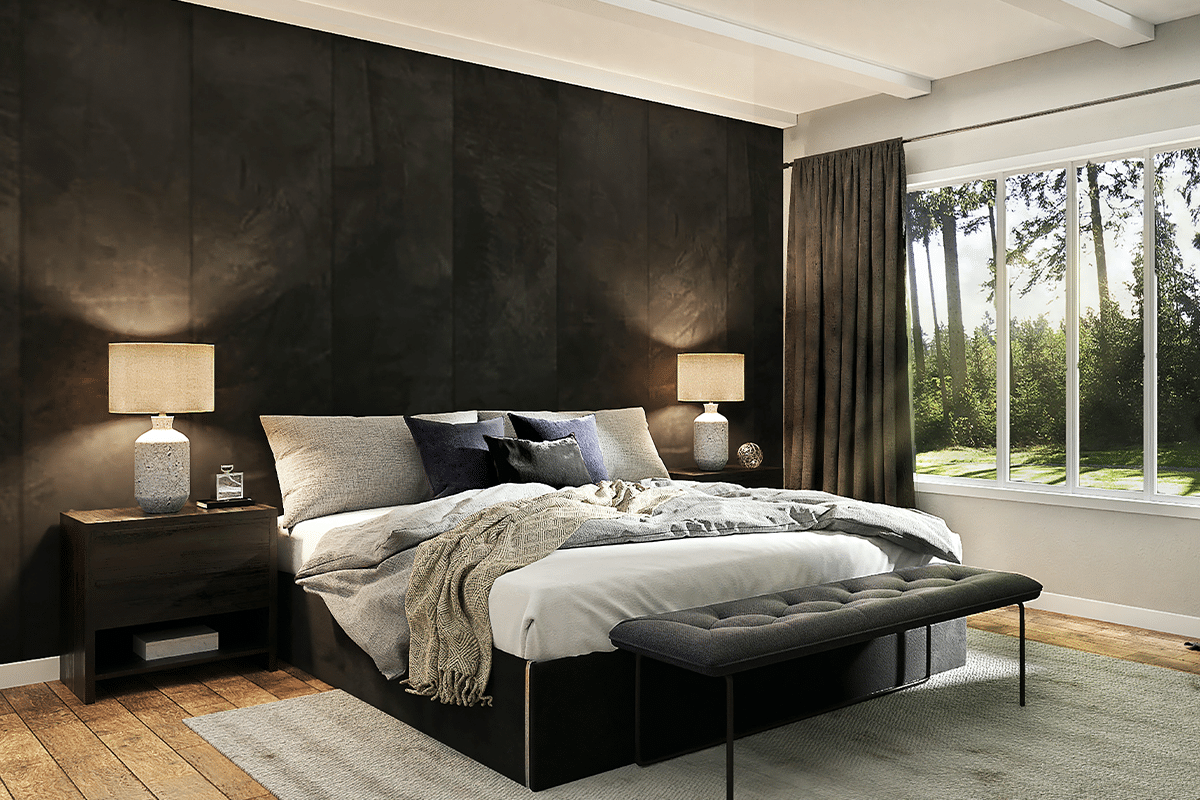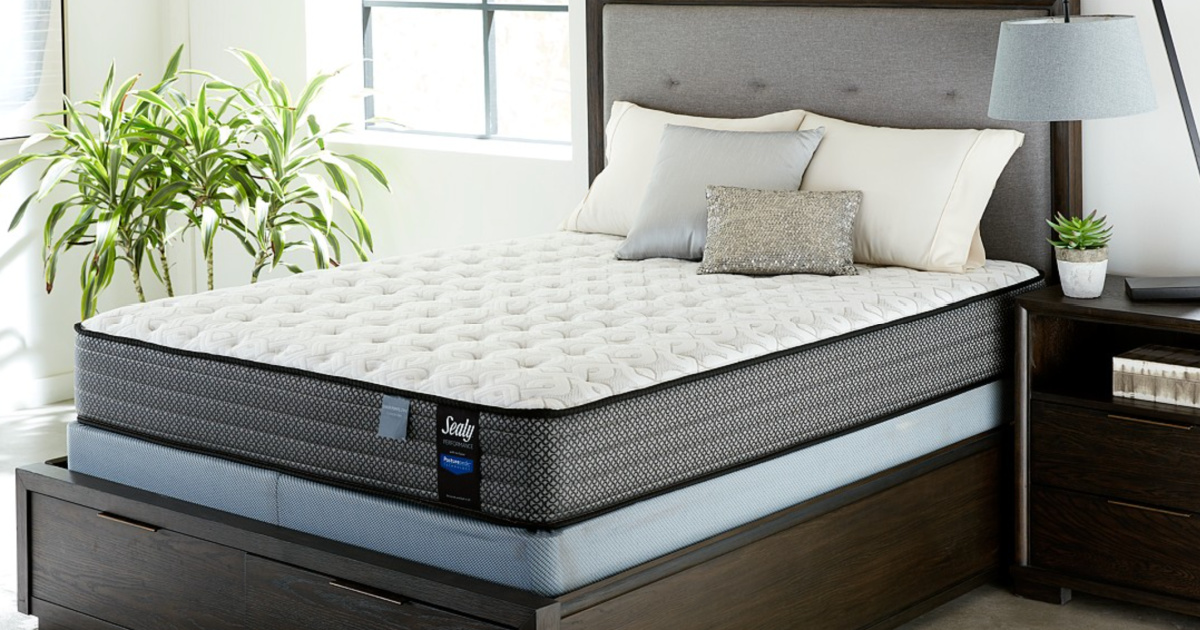Passive House Design refers to a design strategy built on the principles of energy efficiency and sustainability. The key to a successful Passive House Design is to reduce energy demands while ensuring a comfortable interior environment through the use of natural means. This type of house design utilizes proper insulation, passive solar gains, highly efficient windows, an airtight building envelope, and a well-designed ventilation system. In practice, the Passive House Design seeks to reduce the amount of energy needed to heat, cool, and ventilate a home by utilizing the following strategies:Passive House Design
Green Building Design is an approach to building that looks to take advantage of natural resources and take action to reduce environmental pollution. Green Building Design seeks to blend the best principles of architecture and engineering while also focusing on the preservation and promotion of natural resources. It is an integrated approach that looks to reduce the impact of construction on the environment through the use of efficient materials, energy and water resources, and providing healthy indoor environments. Key strategies of Green Building Design include the following:Green Building Design
Sustainable House Design is an approach to designing, constructing, and operating buildings that looks to minimize the negative environmental impacts of development. This approach takes into account the entire lifecycle of the building, from site selection to the sourcing of materials, to the energy use and water consumption. Sustainable House Design focuses on utilizing renewable and locally sourced materials, renewable energy systems, water conservation measures, and other strategies to ensure a lower overall impact on the environment. The key strategies of Sustainable House Design include the following:Sustainable House Design
Zero-Energy Building Design is a term used to describe buildings that produce as much energy as they use. The key to achieving Zero-Energy Building Design is to create a building that is highly efficient and to maximize the use of renewable energy sources. Zero-energy building design requires that all energy used in the operation of the building is offset by renewable energy sources, such as solar, wind, geothermal, and biomass. The core philosophy of zero-energy buildings is to reduce energy demand and minimize the use of fossil fuels. The strategies behind achieving Zero-Energy Building Design include:Zero-Energy Building Design
Earthship House Design is a concept created by renowned architect and environmental designer, Michael Reynolds. The concept is based on the principles of self-sufficiency and sustainability, and utilizes renewable energy systems and locally sourced materials. The core idea behind the Earthship House Design is that by utilizing energy-efficient strategies and integrating sustainable elements into the built environment, homeowners can create comfortable and healthy homes with minimal impact on the environment. The strategies of Earthship House Design include the following:Earthship House Design
Shipping Container House Design is an innovative approach to creating affordable, energy-efficient, and sustainable homes. By utilizing empty shipping containers and other reusable materials, architects and designers are able to create unique spaces with minimal impact on the environment. The key to the success of Shipping Container House Design is to maximize the use of existing resources and utilize energy-efficient technologies. The strategies of Shipping Container House Design include:Shipping Container House Design
Adaptive Reuse House Design is an approach to building and renovating that seeks to repurpose existing materials and structures. The key to successful Adaptive Reuse House Design is to maximize the use of existing resources and minimize the impact on the environment. This type of house design utilizes recycled and reused materials, energy-efficient systems, rainwater harvesting, and other strategies to ensure a more sustainable living environment. The strategies of Adaptive Reuse House Design include:Adaptive Reuse House Design
Prefab House Design is a building system designed to create efficient, cost-effective, and sustainable homes. Prefab homes are constructed off-site and then shipped and assembled on-site. This eliminates most of the inefficiencies and costs associated with traditional construction methods, allowing for faster construction and a significantly lower environmental impact. Prefab houses are becoming increasingly popular for their quality, efficient use of materials, and energy savings. The core strategies of Prefab House Design include:Prefab House Design
Accessible House Design is an approach to residential design which looks to provide functional and practical living spaces for people with disabilities and other special needs. The key to successful Accessible House Design is to maximize the use of existing resources and consider the special needs of the occupants. This type of house design utilizes accessible building materials, energy-efficient systems, and other strategies to ensure a safe and comfortable living environment. The core strategies of Accessible House Design include:Accessible House Design
Geothermal House Design is an innovative approach to creating comfortable and efficient homes. This type of house design utilizes the natural heat of the earth to provide a warm interior climate without overburdening the environment. By leveraging the natural energy of the earth, homeowners can significantly reduce their energy demands and create a more sustainable living environment. The key strategies of Geothermal House Design include:Geothermal House Design
Focus on House Design Core Principles for Achieving Structural Soundness
 The key to having a structurally sound house design is to understand and adhere to the core principles that are designed to make a building stand the test of time. When it comes to
house design
, the principles of sound construction include utilizing and combining the civil, environmental, and structural engineering knowledge and applying them with the right building materials.
The key to having a structurally sound house design is to understand and adhere to the core principles that are designed to make a building stand the test of time. When it comes to
house design
, the principles of sound construction include utilizing and combining the civil, environmental, and structural engineering knowledge and applying them with the right building materials.
Understand the Site Conditions & Design the Structure Accordingly
 Before the construction even starts, the designer must understand the condition of the site and climate that will be affecting the structure. This includes comprehension of topography, wind patterns, effects of temperature, seismic activity, and the soil type of the foundation. Without taking into account these various factors, a structure built on the site may not be structurally sound and may not withstand the tests of nature.
Before the construction even starts, the designer must understand the condition of the site and climate that will be affecting the structure. This includes comprehension of topography, wind patterns, effects of temperature, seismic activity, and the soil type of the foundation. Without taking into account these various factors, a structure built on the site may not be structurally sound and may not withstand the tests of nature.
Make Sure the Building Materials are Selected Appropriately
 When it comes to constructing a structure, building materials are the most essential part to ensure that the structure is safe and secure. As such, the materials should be chosen based on the local climate, such as if the location is experiencing regular floods, hurricanes, or other natural calamities, materials should be selected that will be able to withstand those conditions. Additionally, the materials should also be chosen based on their strength and durability to support the whole structure and its prime function.
When it comes to constructing a structure, building materials are the most essential part to ensure that the structure is safe and secure. As such, the materials should be chosen based on the local climate, such as if the location is experiencing regular floods, hurricanes, or other natural calamities, materials should be selected that will be able to withstand those conditions. Additionally, the materials should also be chosen based on their strength and durability to support the whole structure and its prime function.
Develop an Effective Structural Engineering & Planning Strategy
 Getting help from a structural engineer can help the homeowner to plan out a strategy that will ensure that the structural design is created in such a way that it will properly support the architectural and environmental elements. Every part of the house should be analyzed for structural support, such as the walls, the roof, the foundation, and the flooring. This way, the structural engineer can plan out exactly how to support the structure with the right materials and designs, ensuring that the structure is safe and secure.
Getting help from a structural engineer can help the homeowner to plan out a strategy that will ensure that the structural design is created in such a way that it will properly support the architectural and environmental elements. Every part of the house should be analyzed for structural support, such as the walls, the roof, the foundation, and the flooring. This way, the structural engineer can plan out exactly how to support the structure with the right materials and designs, ensuring that the structure is safe and secure.
Perform Regular Inspections and Make Necessary Adjustments
 It is important for homeowners to regularly inspect their structures to make sure that the structure is safe and secure. Structural elements such as walls, beams, and floors can be visually inspected to identify any signs of wear and tear. If any issues are noticed, they should be fixed right away to ensure that the structure remains safe and sound.
It is important for homeowners to regularly inspect their structures to make sure that the structure is safe and secure. Structural elements such as walls, beams, and floors can be visually inspected to identify any signs of wear and tear. If any issues are noticed, they should be fixed right away to ensure that the structure remains safe and sound.
Conclusion
 A structurally sound house design is essential for making sure that a home is able to withstand the tests of time. By understanding and following the core principles of sound house design and construction, homeowners can make sure that their structures are properly constructed to ensure that they are safe and secure.
A structurally sound house design is essential for making sure that a home is able to withstand the tests of time. By understanding and following the core principles of sound house design and construction, homeowners can make sure that their structures are properly constructed to ensure that they are safe and secure.































































































